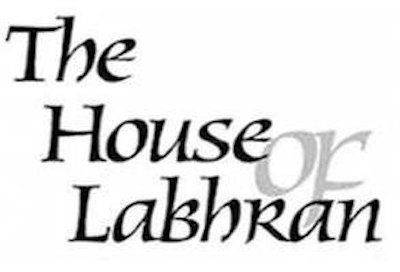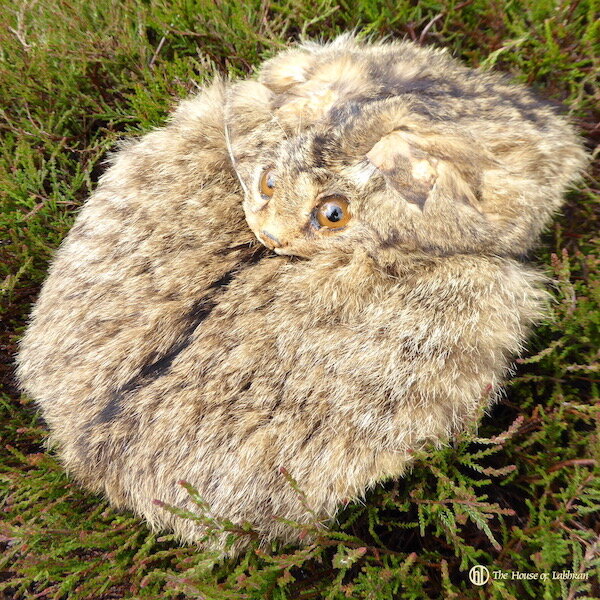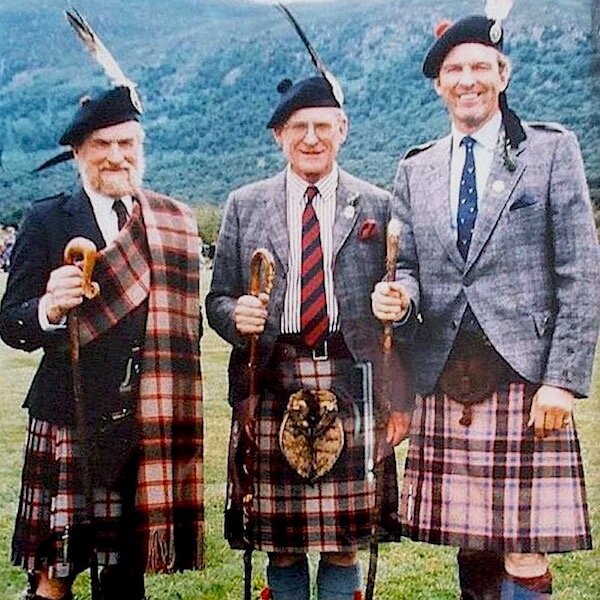Scottish Wildcat Sporrans - Clan Associations
Scottish Wildcat Sporrans & Clan Associations - The Scottish wildcat, known as the cat fiadhaich in Gaelic, commands reverence due to its fierce reputation among humans, particularly when provoked. At House of Labhran, we take pride in curating a selection of antique and vintage Scottish wildcat sporrans. Given their protected status since the 1990s, these unique pieces are increasingly scarce and sought after by collectors and enthusiasts alike.
Reputed to be untameable, the 'Scottish tiger', as it is sometimes known, has an honoured place in Highland culture. Early on in Scottish history, Caithness and Sutherland formed the Pictish province, Cataibh, meaning land of the Cat Tribe or Catti. Caithness still retains an obvious echo of that name. The Duke of Sutherland's Gaelic title is Morair Chat, meaning 'The Great Man of the Cats'. There is a cat in the clan crest, and their motto is 'Sans Peur' ('Without fear'). The symbolism of the cat in their heritage evokes a sense of strength and reverence deeply embedded in their traditions.
Other clans have similar themes, reflecting a deep-rooted respect for this animal's fierce and untamed spirit. For instance, the Clan Mackintosh crest prominently showcases a feisty-looking cat, embodying their motto 'Touch not the cat bot (bot meaning 'without') a glove'. Likewise, the Clan MacGillivray adopts the motto 'Touch not this cat', symbolizing their connection to this formidable creature. Across early Celtic tribes, including the Irish 'cat-heads', the wildcat remained a significant totem, possibly even worn as skins by warriors atop their battle helmets.
Vintage 1960’s Wildcat Sporran
The Clan Chattan sporran and the confederation of Clans including the principal Clans including.
Mackintosh
MacGillivray
MacBean
Shaw
MacThomas
Macleans of Dochgarroch
Macpherson
Farquharson
Davidson
MacPhail
MacIntyres in Badenoch
MacQueens of Strathdearn
The Scottish Wildcat in Scottish heraldry
The wildcat is considered an icon of the Scottish wilderness, and has been used in clan heraldry since the 13th century.
The Picts venerated wildcats, having probably named Caithness (Land of the Cats) after them. According to the foundation myth of the Catti tribe, their ancestors were attacked by wildcats upon landing in Scotland.
Their ferocity impressed the Catti so much, that the wildcat became their symbol. A thousand years later, the progenitors of Clan Sutherland, equally impressed, adopted the wildcat on their family crest. The Chief of Clan Sutherland bears the title Morair Chat (Great Man of the Cats). The Clan Chattan Association (also known as the Clan of Cats) is made up of 12 different clans, the majority of which display the wildcat on their badges.
Fine Antique & Vintage Sporrans
The Scottish Wildcat In Scottish mythology
In Celtic mythology, the wildcat was associated with rites of divination and Other worldy encounters. Domestic cats are not prominent in Insular Celtic tradition (as house cats were not introduced to the British Isles until the Mediaeval period).Fables of the Cat Sìth, a fairy creature described as resembling a large white-chested black cat, are thought to have been inspired by the Kellas cat, itself thought to be a free ranging wildcat - house cat crossbreed.
Doctor William Salmon, writing in 1693, mentioned how portions of the wildcat were used for medicinal purposes; its flesh was used to treat gout, its fat used for dissolving tumours and easing pain, its blood used for curing "falling sickness", and its excrement used for treating baldness.
The rare Scottish Wildcat protection today
Often referred to as the Tiger of the Highlands, it is striking, handsome and powerful, the very essence of a wild predator living by stealth and strength. Sadly, Scottish wildcats are now one of our most endangered mammals and are on the edge of extinction.









